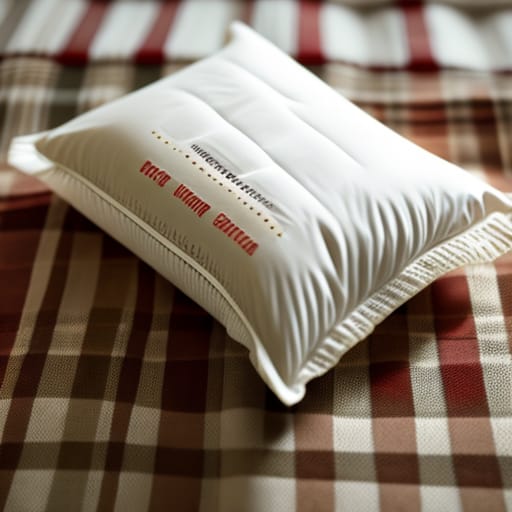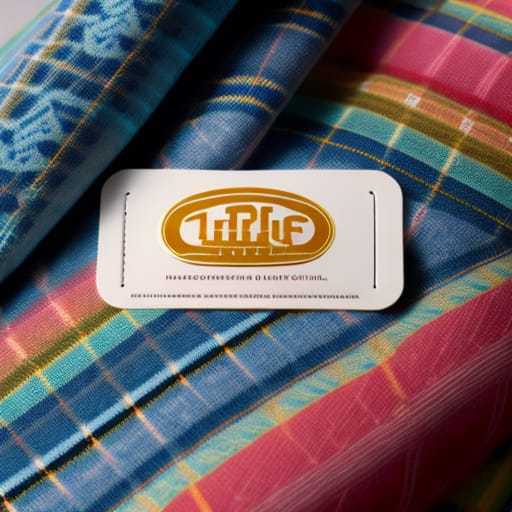When shopping for a comforter, you may come across the terms “down” and “down alternative.” Down comforters are filled with natural down feathers from ducks, geese or other birds. Down alternative comforters use a synthetic fill instead of down. But what exactly is a down alternative, and how does it compare to real down filling? This beginner’s guide breaks down the key differences to consider when deciding between down and down alternative comforters.

What is Down?
Down refers to the fine, fluffy cluster of feathers found underneath the exterior feathers of ducks, geese, and other waterfowl. This soft undercoating is what keeps birds warm, making it an exceptionally effective natural insulator.
- Down clusters provide unrivaled loft and fluffiness. The three-dimensional structure traps more air than other fibers, creating substantial insulation with very little actual material.
- True down is extremely soft and lightweight. High quality down comforters feel airy yet supply ample warmth for sleep.
- Down filling offers matchless durability when cared for properly. With a high fill power and proper maintenance, a quality down comforter can last over 10 years.
Responsible Down Standard (RDS)
Top down comforters today meet the Responsible Down Standard (RDS) for ethical sourcing. The RDS certification ensures humane practices for the welfare of birds. Key requirements include:
- No live-plucking or force-feeding
- Access to open areas and fresh water
- Third-party audits to validate ethical treatment
All certified down is traceable from farm to manufacturer. Choosing RDS-approved down guarantees your comforter fill does not contribute to cruelty.
What are Down Alternatives?
A down alternative refers to any synthetic fill designed to mimic qualities of natural down like softness, insulation, and loft. Common types include:
- Polyester fiberfill – Most frequently used synthetic. Mimics structure and feel of down. Provides insulation and low price point. Less breathable than down.
- Memory foam – Denser than down with contouring effect. Responds to body heat for customized comfort. Retains more heat than down.
- Microfiber – Often polyester or blend of synthetic fibers. Lightweight, soft and washer/dryer safe. Less lofty but budget-friendly option. May retain odors over time.
- Other proprietary synthetic fills or blends
For optimal affordability, durability and everyday ease of care, polyester is the most popular down alternative filling. Advanced poly blends come close to down’s cushiony comfort at a lower cost.
Pros and Cons of Down vs. Down Alternative Comforters
To choose between down or down alternative, compare their advantages here:
| Down Comforters | Down Alternative Comforters |
|---|---|
| ✅ Unmatched softness from natural down clusters | ✅ Budget-friendly at lower price points |
| ✅ Excellent durability and longevity | ✅ Easy care – Can wash and dry at home |
| ✅ Superior breathability for temperature regulation | ✅ Hypoallergenic options ideal for allergy sufferers |
| ✅ Highest quality insulation; warm without weight | ✅ Wide selection of synthetic fills and fabrics |
| ✅ Natural biodegradability; renewable resource | ✅ Animal-conscious for vegan lifestyles |
| ❌ Requires professional dry cleaning | ❌ Less breathable than down |
| ❌ More expensive than synthetic alternatives | ❌ Durability varies by brand and materials |
| ❌ Not hypoallergenic; contains animal product | ❌ Insulation not equal to down quality |
While down alternative comforters come close in many ways, natural down still surpasses synthetic versions when it comes to unparalleled softness, lifelong durability if cared for properly, and lightweight warmth thanks to the unique structure of down.
However, down alternative comforters offer excellent performance for daily use at budget-friendly price points, with easy home laundering. This makes a quality down alternative comforter ideal for kids rooms, guest bedrooms, or those wanting convenient care and affordability.

Fill Power and Insulation Value
Fill power measures the loft and insulation quality of down or synthetic down fill using cubic inches per ounce.
- Higher fill powers (600+ for down) have greater insulation ability from more air trapped between filaments
- Lower fill powers (under 300 for down) are less efficient insulators with denser filling
For down comforters:
- 600-850+ fill power offers premium year-round insulation
- 300-400 fill is better for warmer climates or summer
Down alternative fill powers only reach up to an approximate equivalent of 600 fill down. Even quality synthetics cannot quite match the unrivaled heat retention of high fill power down comforters.
Buying Considerations
Beyond fill type, consider these factors when choosing between down and down alternative:
User Lifestyle Needs
- Hot sleepers may prefer breathable down
- Those with animal allergies need hypoallergenic synthetic fill
- People with ethics concerns should choose RDS-approved down
Care and Maintenance
- Frequent washers should get machine-washable down alternative
- Those who want to professionally clean every few years may select dry clean-only down
Climate and Insulation Needs
- Year-round insulation favors higher fill power down
- Moderate climates can use lower fill down or down alternative
Budget
- Seek mid-range options for best value
- Splurge on down for a lifetime investment piece
No matter your criteria, there are quality options in both down and down alternative categories. Define your top priorities, then use this guide’s comparisons to find your perfect match!
Example Down & Down Alternative Comforter Reviews
Top Rated Down
L.L. Bean Baffle-Box Down Comforter
- Fill Type: 650 fill power white down
- Cover: 300 thread count cotton cover with baffle box design
- Price: $299 for queen
- Overview: Premium RDS-certified down provides lightweight, lofty warmth. Baffle box design prevents shifting. Machine washable cover allows easy home cleaning. Excellent quality and construction for years of cozy comfort.
Best Down Alternative
Utopia Bedding Comforter Duvet Insert
- Fill Type: Plush siliconized fiberfill alternative
- Cover: Brushed microfiber, box stitch to prevent shifting
- Price: $56 for queen
- Overview: Amazing value comforter with quality construction. Siliconized filling offers uniform warmth and loft. Soft microfiber cover can machine wash and dry. High user ratings for comfort, value and easy care. Great budget-friendly option.
Sustainable and Ethical Comforters
For eco-conscious shoppers, look for down certified to the Responsible Down Standard (RDS) or choose recycled synthetic fills like:
- Repreve – Made from recycled plastic bottles
- TEMPUR-PEDIC TEMPUR-Fill – Uses recycled TEMPUR material
Check that your comforter has an OKEO-TEX certification to validate use of safe, non-toxic materials.

The Best Comforters Offer Restful Sleep
While individual needs vary, the ideal comforter for your bedroom ultimately comes down to resting easy each night. Find the fill type, insulation, and ease of care features allowing you peaceful, undisturbed sleep. The comforter playing this vital role as your nighttime companion should match your unique climate needs, ethics, and lifestyle for comfort you can truly relax into.
Frequently Asked Questions
- What is the main difference between down and down alternative comforters?The key difference is that down comforters use a natural filling made from duck or goose down feathers. Down alternative comforters use a synthetic fill made from polyester, microfiber, memory foam or other materials designed to imitate qualities of down.
- Which is better for keeping warm in cold weather: down or down alternative?Down comforters provide superior insulation and lightweight warmth thanks to the exceptional structure of down feathers. Higher fill power down in the 600-800+ range is best for cold climates. Some down alternative comforters come close but generally can’t match true down’s combination of fluffiness and heat retention.
- Is down or down alternative better if you have allergies?Those with allergies need to choose a hypoallergenic down alternative comforter. Natural down always contains trace amounts of bird proteins that can trigger reactions for sensitive individuals. Synthetic polyester or microfiber filling avoids this issue.
- Are down alternative comforters always cheaper than down?In most cases, yes. The typical price range for down alternative comforters is $50-$300 while down comforters run from $200 on up above $500+. High quality down commands a premium price for its superlative insulation. Value-focused shoppers can find excellent performance in mid-range down alternative comforters.
- Why does down require special dry cleaning?The unique structure of down feathers needs specialized handling to properly clean without damage. Professional dry cleaning uses gentler methods than home laundering to clean down and preserve its delicate filaments. Down alternative polyester fill can readily handle household machine washing and drying.
- How do I know if down is ethically sourced?Responsible sourcing practices prevent cruelty and ensure humane treatment of geese and ducks. Look for down certified to the Responsible Down Standard (RDS) which audits and validates ethical practices for waterfowl used in down production.
- What’s the benefit of baffle box design in comforters?Baffle box construction creates separate fabric compartments holding down or down alternative fill. This helps the fill stay evenly distributed and avoid thin, cold spots. Box baffle design is found across top rated down and down alternative comforters for uniform warmth.








